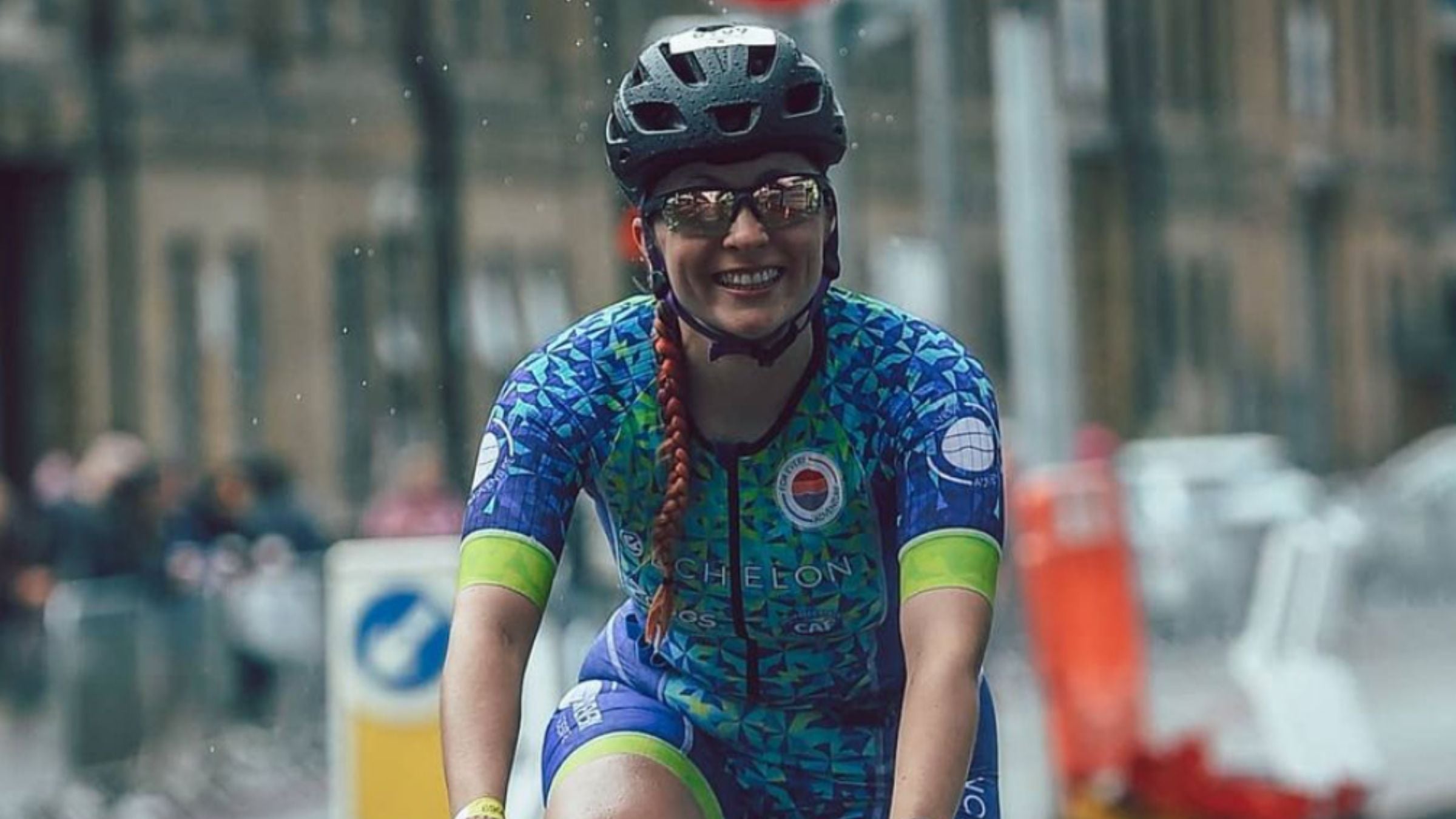#MyTri: Epilepsy Isn’t the End of Adventure

(Photo: Annie Brooks)
In #MyTri, we’re letting triathletes share their own stories of inspiration, motivation, fantastic flubs, and everything in between. Submit your story and photo for consideration by emailing us at letters@triathlete.com with “My Tri” in the subject line. If we choose your story for publication we’ll be in touch.
I stood on the start line of the iconic Blenheim Palace Triathlon in Oxfordshire, England, and shuddered. I was so incredibly nervous doing my first triathlon—not about the distance, but about the thought of suddenly having a seizure. My entire life had changed after my epilepsy diagnosis, and here I was taking my first steps into this new and scary adventure.
But somehow, I did it. And when I crossed that finish line, I cried. I couldn’t believe how far I had come, not just in the race but in life.
Looking back to before 2012, I really don’t know how I managed to cope. I was having epileptic seizures without a clue they were even happening. I had no idea then that epilepsy was anything other than convulsions. Like many, I thought epilepsy meant having a physical fit. I was very wrong. Little did I know that what I was experiencing were complex partial seizures.
Unlike a grand mal seizure, during complex partial seizures you’re still conscious. You might stare off into the distance, be uncommunicative, sometimes you might swallow a lot or your hand could twitch, but not always. This ultimately means it can be missed, especially as you get memory loss after having one, so trying to explain what you experienced is a nightmare. The seizure itself is extremely scary, you often experience a warning sign first (called an aura), soon followed by an intense feeling of doom. You’re left feeling very low and confused for hours or days afterwards.
I’d gone undiagnosed for many years, and they were gradually getting more intense and frequent. I’d been told I was having panic attacks and that I was depressed, that I needed medication, pills, antidepressants, but I knew deep down that wasn’t the problem.
When I finally received the correct diagnosis of epilepsy, I should have been relieved, but a new set of problems emerged. My diagnosis meant I was no longer allowed to drive, so I lost a bit of my independence. I also struggled with what is known as an “invisible disability,” something that nobody seemed to believe was happening to me.
Luckily, my then-boyfriend, Nick, encouraged me to start a conversation about it to help educate others on what epilepsy is (and isn’t). I started blogging about epilepsy and making videos, telling people what this condition was really like.
Nick, who is an Ironman Coach, also encouraged me to take part in my first sprint triathlon, as it would be a positive way to focus on something other than my condition. I’d previously had seizures running, so I was hesitant at first. Still, I decided to give it a try. With time and experience, I managed to become more confident and not feel afraid of something happen. On these runs, I discovered a hidden drive inside me: I was not going to let epilepsy dictate my life. I was better than this.
After completing the Blenheim Triathlon in 2014 (where Nick also popped the question; he’s now my husband), I’ve never looked back. I’ve taken part in numerous races, smiling and high-fiving people as I go. I’m not seizure-free, but I’m extremely careful, train with someone, and always let race organizers know of my condition. Prior to a seizure, I experience something known as an aura, which is a sign to get myself to a safe space.
Epilepsy may be an invisible disability, but it’s real, and it has affected my life in many ways. However, I won’t let it stop me. I have lived a far more active and adventurous life since being diagnosed, and I’m so lucky to have triathlon and its incredible community to give my mind a positive focus on pushing forward.
The next stop on my triathlon adventure is Ironman 70.3 La Quinta Indian Wells this December. I’ve also started my own sustainable triathlon clothing company, For Every Adventure. What’s next? I don’t know yet, but I can’t wait to see where this adventure takes me.